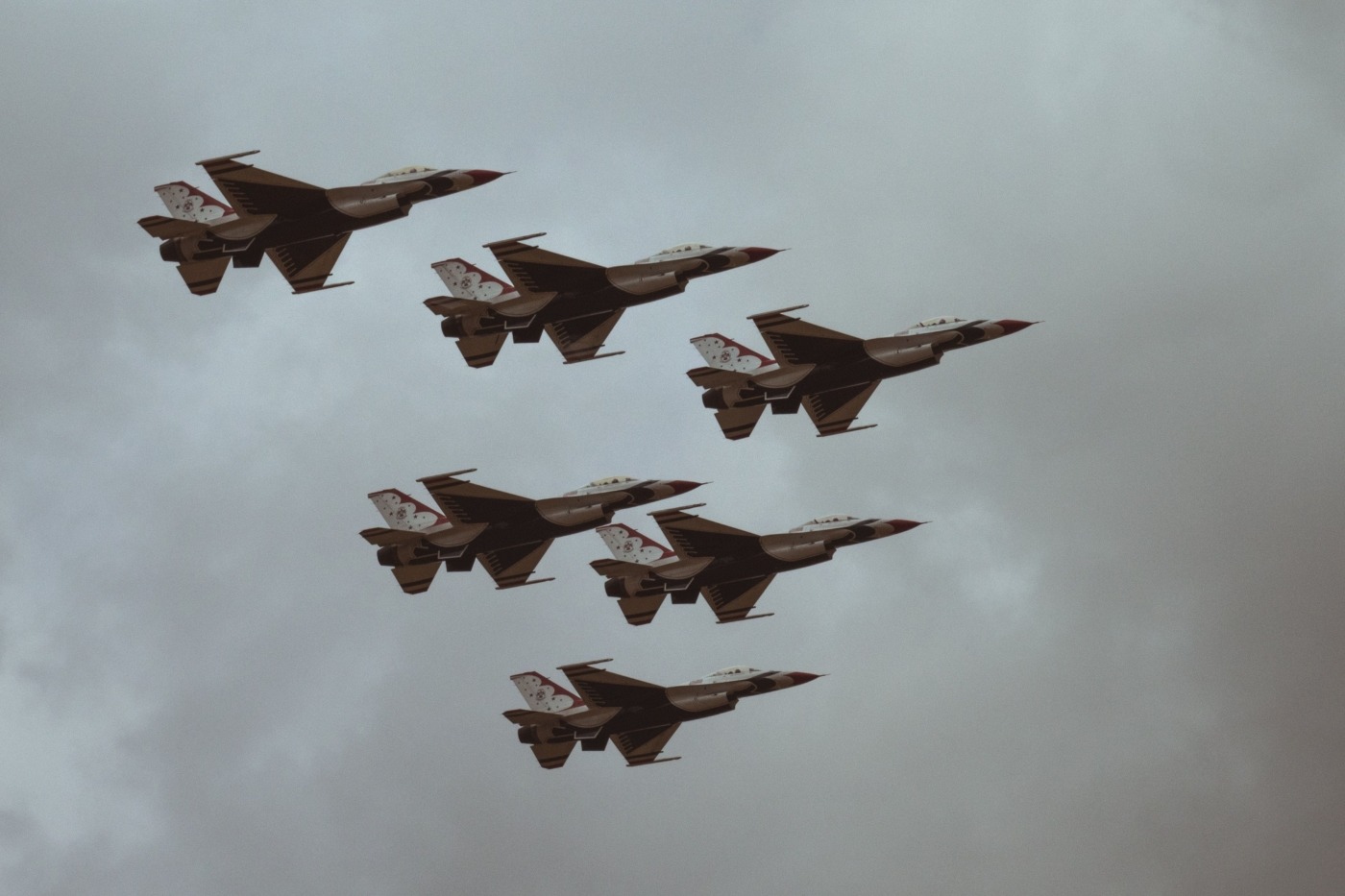How World War II Allied bombing raids ‘shook the edge of space’
Damages of the Second World War, or in fact any war, can be judged in terms of the number of people killed or injured, the cities ruined, the economies damaged and the number of those who weren’t killed but left with a permanent scar on their hearts after witnessing the fall of mankind. Scientific research has presented to us yet another factor that, in a very chilling manner, would help us to understand the magnitude of such a catastrophe.
During the Second World War, between 1943 and 1945, British wartime scientists were at the Radio Research Centre at Ditton Park, near Slough, studying the ionosphere. As part of their work, they were firing a series of shortwave radio pulses into the atmosphere at 100 km to 300 km. This range falls within the ionosphere and the bounced back echoes of these radio waves provided information about the height and intensity of the ionospheric layers.
Scientific research has presented to us yet another factor that, in a very chilling manner, would help us to understand the magnitude of such a catastrophe
Researchers from the University of Reading studied the data they had collected as well as detailed records of the Allied bombing raids on Germany during the conflict. After comparing the two sets of data, they have come to a startling conclusion that the shockwaves from the bombing raids left their marks on the ionosphere.
The ionosphere is the layer that lies at an altitude of 50 km to 1,000 km and is electrified by radiation from the Sun and space. These electrical properties of the layer affect radio communications, GPS systems, and radio telescopes.
Researchers from the University of Reading studied the data they had collected as well as detailed records of the Allied bombing raids on Germany during the conflict
Chris Scott, professor of space and atmospheric physics at Reading, explained that the analysis of the research from the war-period has suggested that the raids had significantly weakened the charge in the ionosphere. The early warning radars used during the war must have also been impacted. It has been known that the ionosphere is strongly influenced by solar activity and natural phenomena such as thunderstorms, earthquakes and volcanic eruptions however the findings have enabled us to appreciate how much energy is required to make it tremble.
Over the course of the war, 2.7 million bombs were dropped on Germany leading to 300,000 civilians killed, 780,000 wounded and close to 7.5 million made homeless. These statistics enable us to build a picture of the horror and bloodshed on land considering the loss of life and loss of dwellings, economies and infrastructure. It is a horrifying fact this research has brought to our attention building a picture of how disastrous the period of the Second World War was to have disturbed even the edge of space.
It has been known that the ionosphere is strongly influenced by solar activity and natural phenomena such as thunderstorms, earthquakes and volcanic eruptions however the findings have enabled us to appreciate how much energy is required to make it tremble
At a time when we have the president of the United States undermining the integrity of NATO, an organisation that emerged from the aftermath of World War II and symbolises shared values and transatlantic unity, and have recently had a chemical weapons attack on British soil, this finding acquaints this generation with the magnitude of one of the greatest disasters that this planet has endured.
Often in science, when something new is discovered, further research is encouraged but I hope this knowledge will prompt everyone to look back at our history and use the lessons learnt to think about the decisions the world leaders make about our future (and elect them wisely!).

Comments